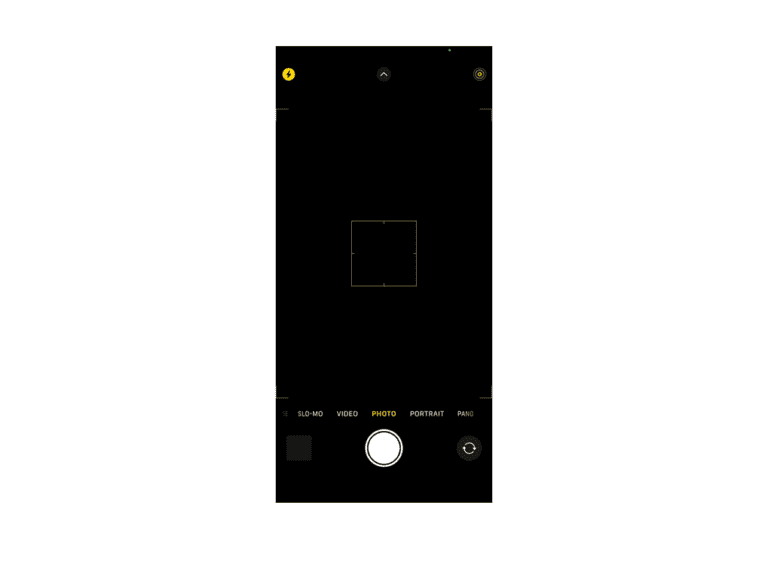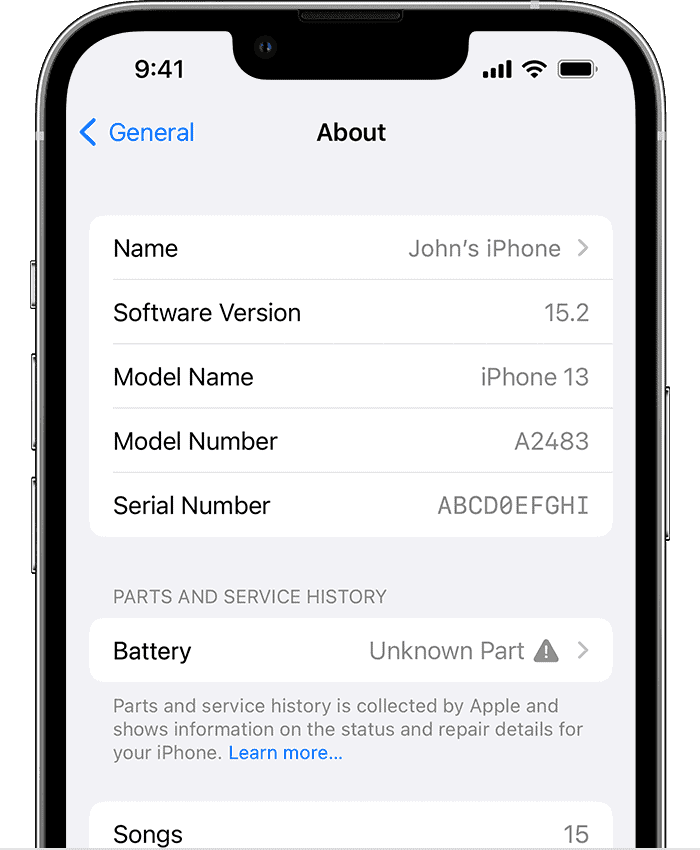When choosing an iPhone plan, it’s essential to consider the types of plans available and how much data you’ll need. Each plan offers a mix of data, talk, and text options designed to match different user needs. To get the best price you can shop around and see what each store offers. Don’t forget, sometimes you can get the best deal In-Store so be sure to check cell phone shops in your area and not just online.
Cheap iPhone Plans: A Quick Comparison
| Provider | Price | Data | Talk & Text | Network | Contract | Perks | Best for |
|---|---|---|---|---|---|---|---|
| Visible | $20/month (with code) | Unlimited (capped at 200 Mbps) | Unlimited | Verizon | No | Mobile hotspot, no contracts | Heavy data users, budget-conscious |
| US Mobile | $10/month (2GB) | 2GB, 6GB, 12GB, Unlimited | Unlimited | Verizon & T-Mobile | No (SIM cards only) | Build your own plan, eSIM activation | Light data users, flexibility |
| Mint Mobile | $15/month (3GB) | 3GB, 8GB, 12GB, Unlimited | Unlimited | T-Mobile | No | Free international calls/texts, hotspot (on some plans) | Occasional data users, value |
| Cricket Wireless | $30/month (Unlimited) | Unlimited | Unlimited | AT&T | No | International roaming, hotspot | Moderate data users, no frills |
| Metro by T-Mobile | $25/month | 1GB, 5GB, Unlimited | Unlimited | T-Mobile | No | Unlimited music streaming, 100GB cloud storage | Light data users, music lovers |
| Google Fi | $20/month (1GB) | 1GB, 3GB, Unlimited | Unlimited | Multiple networks | No | International data/calls, flexible data packages | Travelers, global connectivity |
Notes:
- Prices are for single lines and may vary depending on promotions and location.
- Unlimited data plans often have throttling or deprioritization after a certain amount of usage.
- Consider your data usage habits, network availability, and desired features before choosing a plan.
Additional tips for finding cheap iPhone plans:
- Look for prepaid plans: Prepaid plans often have lower monthly fees than contract plans, but you may have to pay for the phone upfront.
- Consider MVNOs: Mobile virtual network operators (MVNOs) resell service from major carriers at lower prices.
- Shop around and compare deals: Don’t just go with the first plan you see. There are many different options available, so take some time to compare prices and features before making a decision.
- Ask about discounts: Many providers offer discounts for students, seniors, and military personnel.
Understanding iPhone Plans
Types of iPhone Plans
There are typically two main types of iPhone plans: contract and pre-paid. Contract plans usually require a commitment of 12–24 months and often include the phone itself, either at a discounted upfront cost or as part of the monthly bill. On the other hand, pre-paid plans offer more flexibility without long-term commitments and often have pay-as-you-go options.
Contract Plans
- May require credit checks
- Often include the option for a new iPhone
- Can have lower monthly rates due to the commitment
Pre-Paid Plans
- No credit checks needed
- Full payment for the iPhone upfront
- Flexibility to switch carriers or plans without penalties
Unlimited plans are popular in both categories and can be a good fit if you use a lot of data. These plans often advertise unlimited data, but it’s crucial to check if the plan has any data throttling policies, where speeds may be reduced after hitting certain limits.
Assessing Your Data Needs
Your data usage is a critical factor in selecting an iPhone plan. Some users might need an unlimited data plan if they stream a lot of videos or music, while others could save money with a plan that has set data limits.
- High-speed Data Usage
- Ideal for streaming, gaming, and frequent downloads
- Necessary for uninterrupted video calls and live streams
- Low to Moderate Data Usage
- Sufficient for web browsing, emails, and social media
- Cheaper plans with fixed data may suffice
Consider a cheap unlimited data plan if you don’t want to worry about overage fees. However, if you’re always connected to Wi-Fi and use minimal data on the go, a plan with a specific data limit can be more cost-effective. Most plans will include unlimited talk and text as a standard feature, regardless of the data limit.
Whatever your choice may be, ensure that the network provider offers good coverage in your area to make the most of your high-speed data and connectivity needs. Remember that networks can have varying strengths depending on the location.
Carrier Options for Affordable iPhone Plans
Finding an affordable plan for your iPhone involves looking at major carriers, exploring options from Mobile Virtual Network Operators, and deciding between prepaid and postpaid options. Each offers various benefits that can suit different budgets and needs.
Major Carrier Affordable Plans
AT&T, Verizon, and T-Mobile provide competitive iPhone plans that aim to balance cost with service quality. These major carriers often have deals like AT&T’s prepaid plans or T-Mobile Connect, which is designed for budget-conscious consumers. For instance, T-Mobile’s promotions can include significant discounts on the latest iPhone models when trading in an older device.
- AT&T Prepaid: Offers budget-friendly options with access to AT&T’s network.
- T-Mobile: Has plans like T-Mobile Connect with lower prices and essential features.
Verizon, known for its extensive coverage, does not stay behind with affordable options and sometimes partners with Apple for exclusive deals on iPhones. All three carriers frequently offer promotions that help bring down the monthly cost of owning an iPhone.
Mobile Virtual Network Operators (MVNOs)
MVNOs such as Cricket, Consumer Cellular, and Boost Mobile use the network infrastructure of the major carriers to provide more cost-effective plans. MVNOs like Mint Mobile and Ting can offer lower prices because they don’t have the same overhead costs as the big names.
- Mint Mobile: Utilizes T-Mobile’s network to offer affordable, prepaid plans.
- Cricket: Provides budget-friendly plans on AT&T’s network.
- Visible: An MVNO owned by Verizon, offers competitive unlimited data plans.
These carriers often allow customers to use their current iPhones, making the switch to a cheaper plan easier.
Prepaid vs Postpaid Plans
Prepaid plans, offered by nearly all carriers including MVNOs, allow users to pay for service upfront without a long-term commitment. They provide simplified billing and can be more cost-effective for some users. Boost Mobile, for instance, has competitive prepaid iPhone plans.
Postpaid plans often come with perks like bundled streaming services or upgraded data speeds. However, they usually require credit checks and a longer commitment. Carriers like AT&T and Verizon offer a range of postpaid options that can be tailored to the needs of iPhone users looking for more from their plans.
Regardless of the choice between prepaid or postpaid, it’s important to compare what’s included in the plan, such as data allowances, international calling, and family discounts, to find the option that best fits one’s lifestyle and usage.
Inexpensive iPhone Models and Deals

For those on the hunt for a new iPhone without breaking the bank, there are a variety of budget-friendly options and deals to consider. From the latest models with trade-in discounts to carrier deals that slice prices, let’s explore the ways to save on Apple’s lineup.
Current iPhone Models
Apple’s range includes several models that vary in features and price. Here’s a quick look at some of the more budget-conscious options:
- iPhone SE (2022): Known as the most affordable entry point into the iPhone ecosystem, offering essential features at a lower cost.
- iPhone 13 Mini: A compact and less expensive alternative to the larger iPhone 13, without sacrificing much on performance.
- iPhone 14 Plus: Larger screen size with a smaller hit to the wallet compared to the Pro models.
For the very latest, the iPhone 15 series has just hit the scene, boasting the standard iPhone 15, the larger iPhone 15 Plus, and the more advanced iPhone 15 Pro and iPhone 15 Pro Max. The latter packs top-notch features but is also the priciest.
Trade-In and Discounts
To snag an iPhone deal, trading in an older model can significantly reduce the cost of a new device. Here’s a breakdown of potential savings:
- Apple Store: Offers up to $650 off for trading in eligible previous-generation iPhones toward the purchase of newer models, like the iPhone 13 or iPhone 14 series.
- Carrier Offers: Major carriers often run promotions, such as up to $1,000 off with trade-ins when you commit to a service plan. These deals sometimes require activating a new line but can lead to substantial savings.
Remember, deals and trade-in values can change, so it’s smart to check with retailers or carriers for the most current offers. Financing options like installment plans are also available to spread the cost over time. Whether you’re interested in the latest tech or just want a reliable iPhone that won’t empty your wallet, these deals can help make your next upgrade more affordable.
Special Offers and Promotions

Customers looking for cost-effective iPhone plans have a variety of special offers and discounts to consider. Online marketplaces, like Amazon, often feature competitive pricing on iPhones bundled with specific carrier plans. These offers may include price reductions on the handset itself, or promotional credits applied to monthly billing.
Carriers have stepped up their game by providing enticing deals for those who enroll in autopay systems. A customer can secure a lower monthly rate, ensuring they never miss a payment and simultaneously save money. Additionally, some carriers are now recognizing AARP members, extending special deals that include lowered monthly rates or discounts on new devices.
Here’s a quick list of common promotions shoppers may find:
- Trade-In Discounts: Substantial savings on the latest iPhones when trading in an eligible older model.
- Bill Credits: Offered by carriers, applying credits to your monthly bill over a set period.
- Free Devices: In certain cases, carriers will offer a free iPhone with specific plan agreements.
- Cheapest Unlocked Prices: No-contract phones available at lower prices.
It’s important to read the fine print on all promotions, as some may require a long-term commitment or have other specific terms and conditions. Always verify whether a promotion applies to both new and existing customers.
Understanding Plan Features and Limitations
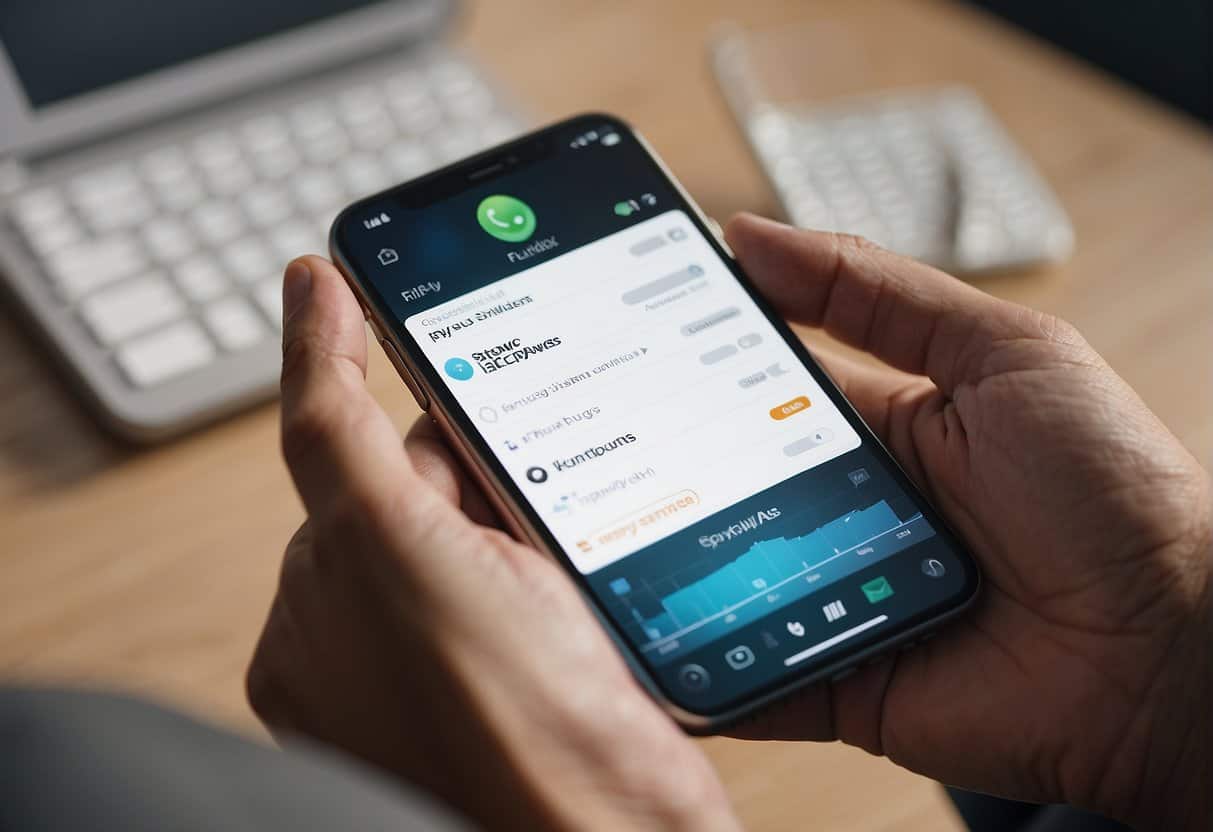
When picking a cheap iPhone plan, it’s crucial to look at the fine print so you know exactly what you’re signing up for. Let’s break down some important aspects you’ll encounter.
Data Throttling and Speed Restrictions
Many affordable iPhone plans boast unlimited data, but they don’t always clarify that data throttling kicks in after you hit a certain limit. This means that once you reach your high-speed data cap, which could be anywhere from 2GB to 30GB per month, your internet speed dramatically slows down. Users might experience reduced speeds during times of heavy network congestion, regardless of how much data they’ve used.
International Usage
Using your iPhone abroad can be tricky with cheaper plans. Most budget-friendly options have limited or no international features, which can result in costly charges if you’re not careful. Always check if the plan includes international text and data, and at what extra cost these services come if they are not included.
Mobile Hotspot and Tethering
A mobile hotspot allows you to share your phone’s internet connection with other devices. However, not all inexpensive iPhone plans include hotspot data. Those that do might have limits — for example, 5GB of hotspot data at high-speed before throttling. Always check if tethering is allowed and how it impacts your data allocation and speed.
By understanding these features and limitations, users can choose a plan that best suits their needs without unexpected surprises.
Additional Considerations for iPhone Plans

When choosing an iPhone plan, it’s not all about getting the best deal. Coverage, signal strength, and customer support are super important too.
Network Coverage and Reliability
In the United States, network coverage can vary greatly from one area to another. Picking a plan with a provider that has strong signal strength in your region is crucial. Imagine getting a shiny new iPhone and then facing dropped calls or slow data—it’s not fun.
- Major Networks: AT&T, T-Mobile, and Verizon
- Coverage Maps: Always check each carrier’s coverage map to ensure your area has good signal.
Customer Service Quality
Good customer service can save you from a lot of headaches. If you run into issues with your iPhone or plan, you want to know that help is just a call away.
- Support Options: Look for providers that offer multiple support channels including phone, chat, and in-store.
- Customer Reviews: Read up on other customers’ experiences to get a sense of how well issues get resolved.
How to Get Started with a New iPhone Plan
When looking for a new iPhone plan, it’s essential to weigh your options with carriers and their respective plans, then move on to the purchase and activation process efficiently.
Choosing the Right Carrier and Plan
Before jumping into a new iPhone plan, one must consider the various offerings from AT&T, Verizon, and T-Mobile, the three major carriers. They each have their perks. For instance:
- AT&T: Known for extensive coverage and multiple plan options catering to different needs, including unlimited data plans which may be great for streaming and gaming.
- Verizon: Offers robust network reliability and competitive plan pricing, especially for families or those requiring multiple lines.
- T-Mobile: Tends to have more aggressive deals and is praised for excellent customer service, alongside their competitive unlimited plans.
One should compare the plans based on data allowance, call and text offerings, international features, and monthly costs. Remember to check for any ongoing promotions, as deals can change frequently.
Purchasing and Activating Your iPhone
After selecting a carrier and plan, purchasing your iPhone can be done through the carrier, an Apple store, or authorized retailers. Here’s a brief guide:
-
- Choose based on your budget and preferences for features and storage capacity.
Buy your iPhone:
- You can often pay in full or opt for monthly installment plans offered by the carrier or Apple’s iPhone Upgrade Program starting at $39.50/month.
-
- Once purchased, activation is straightforward. If you’re with a carrier, they’ll typically handle it for you.
- If you buy from Apple or another retailer, you’ll receive instructions to activate your phone, often entailing inserting a SIM card and following a few steps on your device.
It’s that simple to start enjoying your new iPhone with a plan tailored to your needs.
Budget Management and Cost Savings Tips
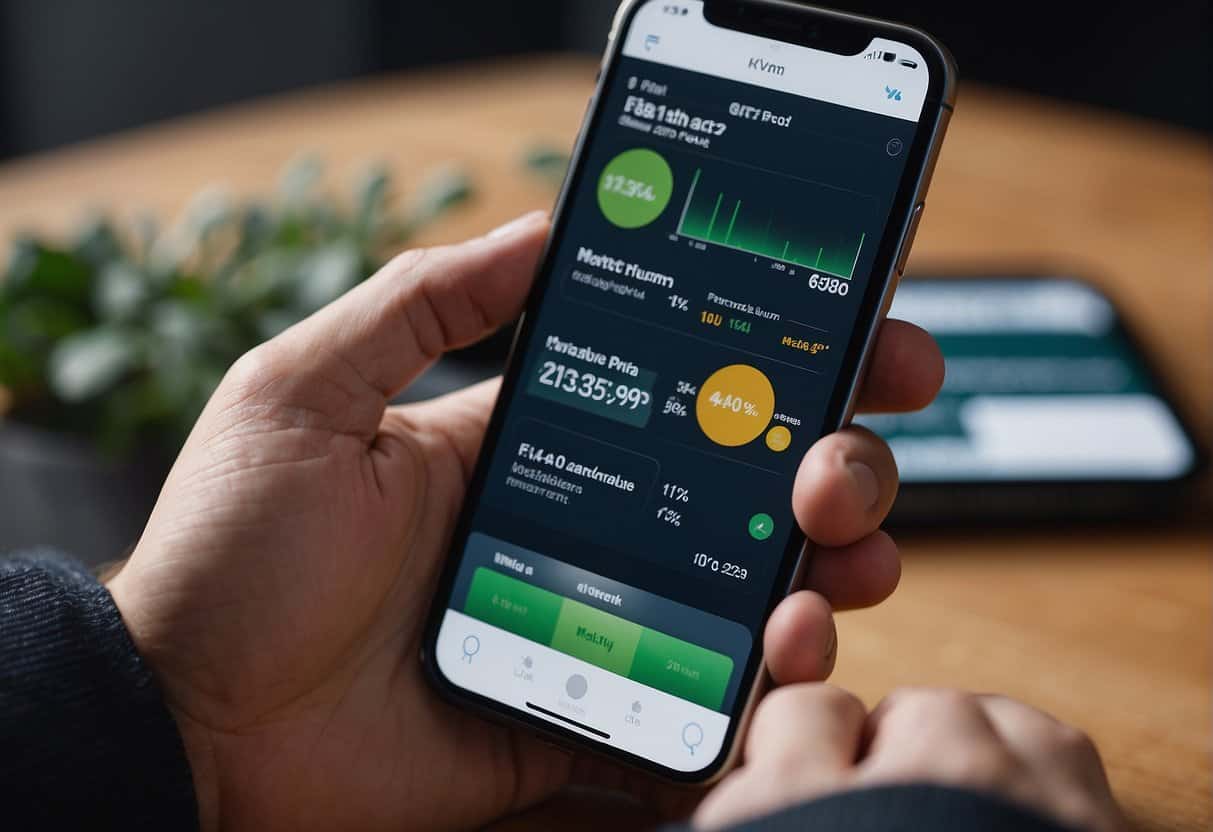
Finding a sweet spot for phone expenses requires a careful look at monthly outlays and smart strategies for long-term savings.
Analyzing Monthly Charges
Consumers should take time each month to review their charges. Initiatives like autopay can trim a bit off the bill, commonly $5, making even a budget-friendly $15/month plan more economical. Additionally, individuals can avoid unexpected fees by monitoring their plan’s data usage.
- Review Statements: Check monthly bills for accuracy and to ensure no unnecessary services are being charged.
- Autopay Discounts: Enroll in autopay to secure routine deductions on the monthly fee.
Long-term Savings Strategies
A mix of foresight and savvy can lead to meaningful savings over time. Opting for an installment plan to purchase a phone will spread out the cost. One can also capitalize on discounts provided to students, veterans, or through workplace programs.
- Installment Planning: Consider dividing the cost of a new device over several months to avoid a hefty one-time payment.
- Seek Out Discounts: Explore special offers that apply to one’s own situation, like student or corporate price reductions.
When it comes to finance in the realm of cell phone usage, a proactive approach pays off. With a bit of research and regular review, maintaining an economical iPhone plan is quite achievable.
Exploring Alternative Plan Options
When looking for iPhone plans that don’t break the bank, consumers have a variety of choices that cater to different needs, such as family plans and discounts for specific groups like seniors and students.
Family and Shared Plans
Family and shared plans are a smart move for those who want to keep the entire household connected without the financial strain. Mint offers a family plan where each member benefits from reduced rates, sharing the convenience and savings. Similarly, Visible’s party plan allows users to form a group, which doesn’t necessarily have to be family, resulting in each member paying less per month.
Senior and Student Discounts
It’s not just families who get to save. Some carriers provide special deals for seniors and students, recognizing their unique budgetary needs. Tello has flexible options that can be attractive to seniors who often use their phones less frequently. Additionally, Boost Infinite and US Mobile may offer plans that take into account the financial constraints of students, making data and calling more affordable.
Frequently Asked Questions
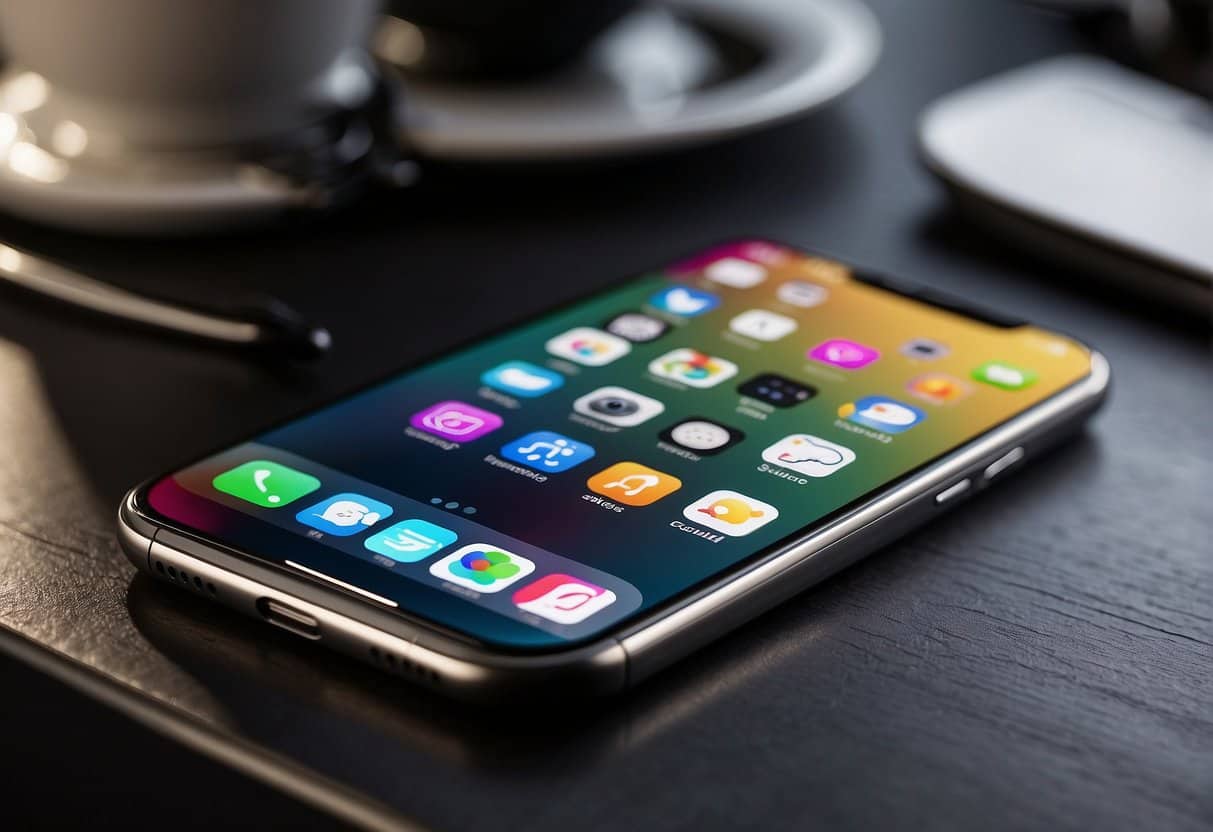
Selecting the best iPhone plan involves balancing cost and features to meet your needs. Discovering the right plan can result in significant savings. Let’s explore some common queries about cost-effective iPhone plans.
What are the best low-cost carriers for iPhone plans?
Low-cost carriers like Mint Mobile often offer competitive pricing for iPhone plans, with Mint’s introductory offer including unlimited data at $15 per month for the first three months. Always compare coverage maps to ensure the carrier services your area effectively.
How can I find the most affordable iPhone deal when switching providers?
To find the best iPhone deals when switching, look out for special promotions carriers run to attract new customers. These may include discounted rates, rebates, or even free months of service. Carriers like Sprint sometimes offer specialized deals, such as multi-line plans starting at $22.50 per month for four lines.
Which iPhone model offers the best value for money currently?
The iPhone SE often stands out as a value proposition, giving users access to the iOS ecosystem at a more affordable price than the latest models, without compromising too much on performance or features.
Are there any promotions for free iPhones with carrier commitments?
Carriers occasionally run promotions offering free iPhones contingent upon certain commitments, like agreeing to a multi-year service contract or trading in an eligible older model. It’s essential to read the terms carefully to understand the commitment involved.
What are the top iPhone deals available with no long-term contracts?
Providers such as 9to5Mac list various plans without long-term contracts, with prices starting as low as $10 per month for a 2 GB plan. Unlimited plans can start from around $23 per month, offering flexibility and control over your monthly expenses.
How can I purchase an iPhone SE at a discounted rate?
To purchase an iPhone SE at a lower cost, keep an eye out for carrier deals, certified refurbished models, or seasonal sales events, such as Black Friday or Cyber Monday, where discounts are more common. Some carriers may also provide installment plans to spread out the cost of the phone.





